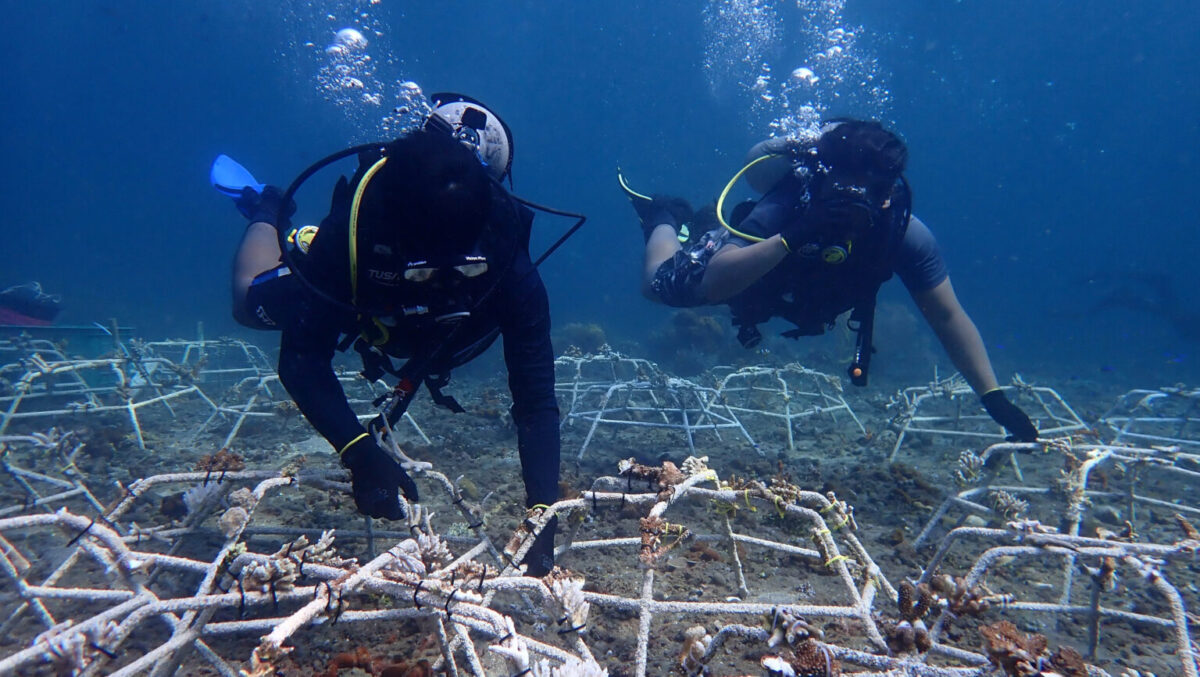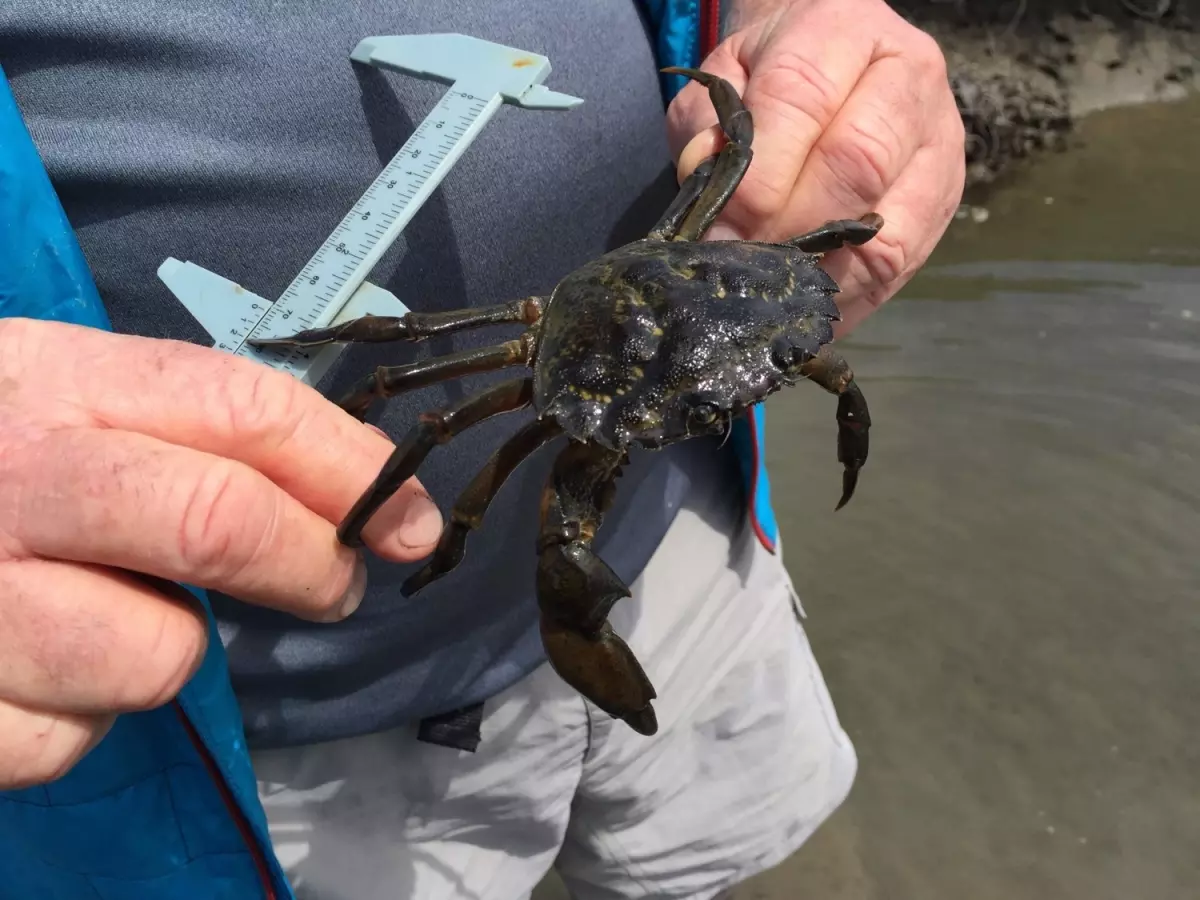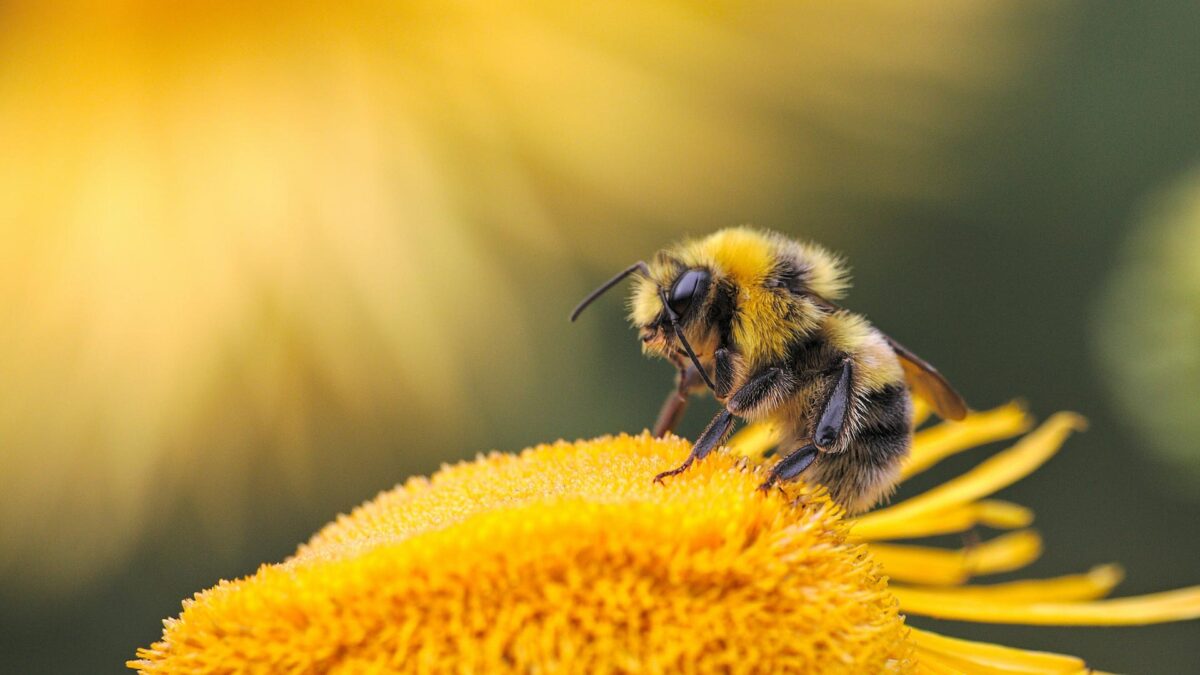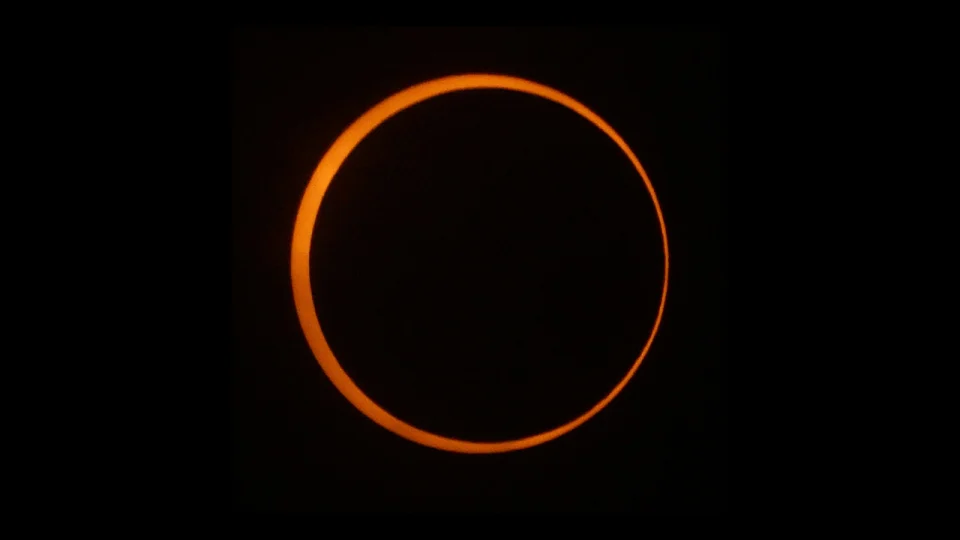US Removes “Forever Chemicals” from Drinking Water
Despite significant opposition from the chemical industry, the US Environmental Protection Agency (EPA) has announced its initial regulations aimed at limiting the presence of PFAs, known as ‘forever chemicals,’ in American drinking water.
PFAs, also known as Polyfluoroalkyl substances, have been extensively used for their fire, oil, stain, and water-resistant properties in various products such as waterproof clothing, stain-resistant furniture, and non-stick cooking surfaces. Despite their widespread use, PFAs are associated with health risks, prompting the EPA to take action.
The new regulations mandate water utilities to test for six different classes of PFAS compounds, aiming to reduce exposure and lower health risks for an estimated 100 million people in the US. To support this effort, a $1 billion fund for treatment and testing will be allocated to water utilities nationwide, part of a broader $9 billion investment under the 2021 Bipartisan Infrastructure Law aimed at assisting communities affected by PFAS contamination.
EPA Administrator Michael S. Regan emphasized the urgency of addressing PFAS contamination, stating that communities have suffered from contaminated drinking water for too long. Under Regan’s leadership, the EPA has been actively working since 2021 to address PFAS contamination, gathering data and requiring increased reporting from businesses regarding the use of these unregulated substances.
Scientific studies have shown that exposure to certain levels of PFAS may lead to various health issues, though the exact effects can be challenging to specify due to the diversity of compounds and sources. Nonetheless, the EPA is giving water utility operators five years to test for PFAS pollution and implement necessary treatment technologies, with an estimated 6%–10% of facilities needing such upgrades.




